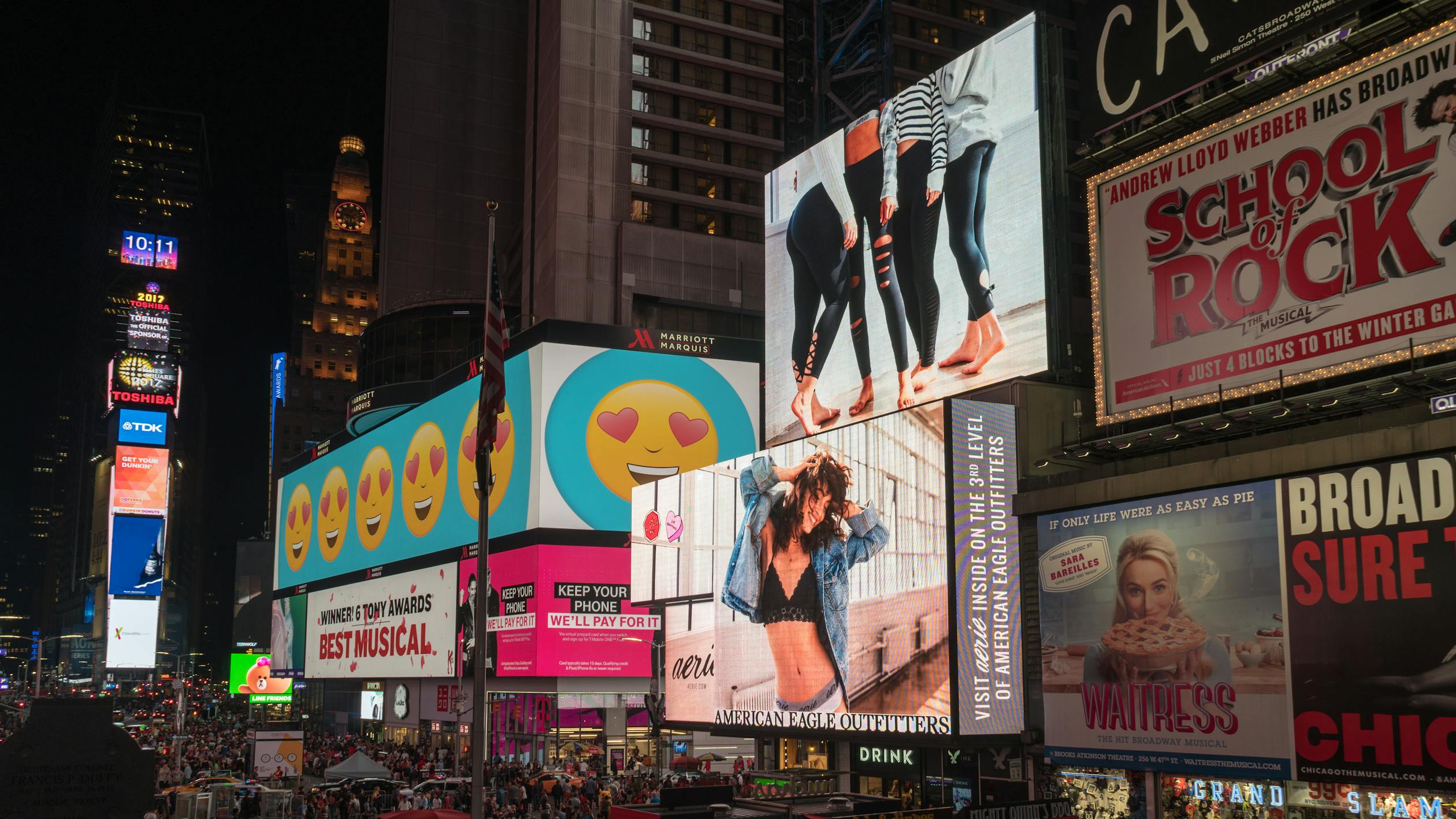In the world of advertising, the transformation brought about by digital technologies has been nothing short of revolutionary. Traditional outdoor advertising, once dominated by static billboards and posters, is now undergoing a remarkable metamorphosis as it embraces the capabilities of the digital age. In this essay, we will explore how digital technologies are reshaping outdoor advertising, breathing new life into an age-old medium and expanding its horizons in ways previously unimaginable.
1. Dynamic and Interactive Content
One of the most profound changes brought by digital technology is the ability to create dynamic and interactive content. Gone are the days of static billboards displaying a single image for weeks on end. Digital billboards and screens can now display a rotating array of ads, videos, animations, and real-time updates. This dynamic content not only captures viewers’ attention but also allows advertisers to tailor their messages to specific times of day or even to respond in real-time to events and trends.
2. Targeted Advertising
Digital technology has ushered in an era of hyper-targeted advertising. By leveraging data analytics and location-based targeting, advertisers can deliver highly relevant and personalized messages to audiences in specific geographic areas. For instance, a coffee shop can promote its morning specials to commuters on their way to work, while an electronics store can advertise its products to shoppers in a mall.

3. Augmented Reality (AR)
Augmented reality is blurring the lines between the physical and digital worlds in outdoor advertising. By using AR technology, advertisers can overlay digital content onto the real environment viewed through a smartphone or AR glasses. This opens up a world of creative possibilities, from interactive games triggered by billboards to virtual try-ons of clothing or cosmetics. AR makes outdoor advertising an immersive and engaging experience.
4. Data-Driven Insights
Digital technologies provide advertisers with unprecedented access to data and analytics. Outdoor advertising campaigns can now be monitored and optimized in real-time. Advertisers can track engagement metrics, such as the number of views, interactions, and conversions, allowing them to fine-tune their strategies and allocate resources more effectively.
5. Sustainability and Cost-Efficiency
Digital outdoor advertising is also more sustainable and cost-efficient. Unlike traditional billboards that require printing and installation, digital screens can be updated remotely, reducing the need for physical maintenance and waste. Additionally, the ability to share multiple ads on a single screen reduces costs for advertisers, making outdoor advertising more accessible to businesses of all sizes.
6. Integration with Mobile Devices
The ubiquitous presence of smartphones has created a seamless link between outdoor advertising and mobile devices. QR codes, NFC technology, and Bluetooth beacons enable viewers to interact with outdoor ads directly from their phones. This integration allows advertisers to extend the consumer journey beyond the outdoor space and into the digital realm.

7. Geofencing and Location-Based Marketing
Geofencing technology allows advertisers to create virtual boundaries around specific geographic areas. When a user enters or exits these zones, they can receive targeted advertisements on their mobile devices. This approach is particularly effective for local businesses looking to attract foot traffic and engage with potential customers in proximity to their physical locations.
In conclusion, the reshaping of outdoor advertising through digital technologies is a testament to the adaptability and innovation of the advertising industry. What was once a static and passive medium has transformed into a dynamic, interactive, and data-driven platform. The convergence of the physical and digital worlds has opened up exciting new possibilities for advertisers to engage audiences, deliver personalized messages, and measure the impact of their campaigns. As digital technology continues to evolve, outdoor advertising is likely to remain a dynamic and integral part of the advertising landscape, offering fresh opportunities for creativity and engagement.




